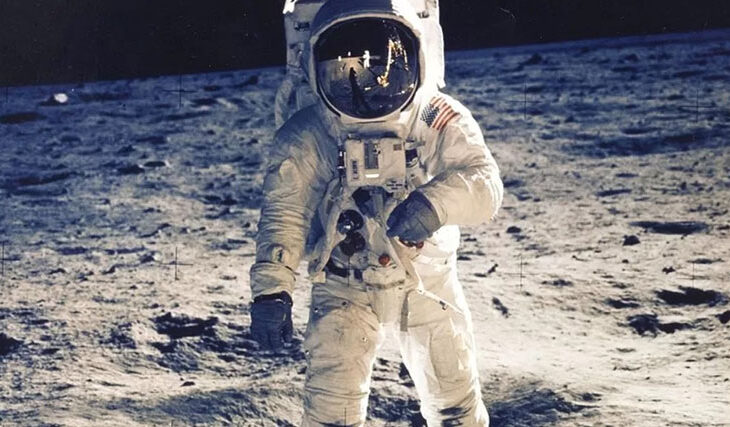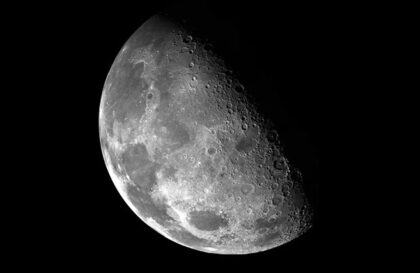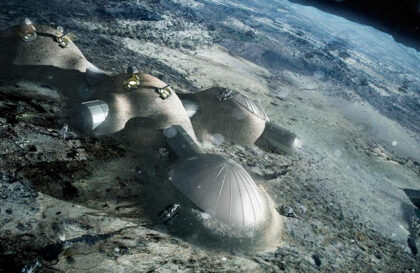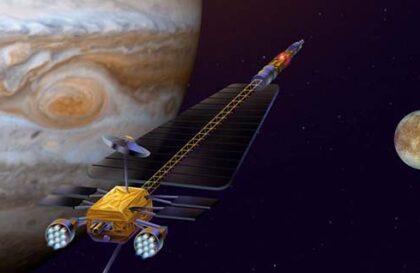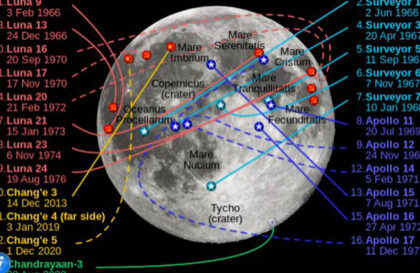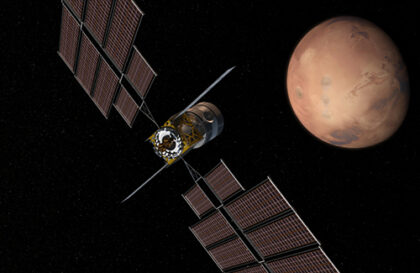Walking tours
At the beginning of the missions, the astronauts traveled on foot, since there were no lunar vehicles. The first experience with a small cart was on the Apollo 14 mission in 1972. Apollo 13 became dramatic, with an explosion aboard the ship, but the astronauts were able to return home. Scientific observations have been limited.
Lunomobiles began to be used from the Apollo 15 mission in 1971, but their movement was limited to within a few tens of kilometers. NASA was afraid of breakdowns and tried to send them close so that the astronauts could return on foot in case of problems. Pilots in orbit photographed the surface of the moon, including the far side.
The Soviet automatic lunar rovers had devices for determining the composition of the soil, which was not done in the American missions. Astronauts collected samples without prior analysis. They had access to detailed photographs and support from geologists, although sometimes they could not complete all the tasks, as in the case of Apollo 14 on the rim of the Cone crater. The diameter of the crater is 340 meters. Scientists really wanted to get samples from the shaft of this crater. But the astronauts, lost among the collapsed stones, could not look inside the crater.
The Apollo astronauts included only one geoscientist, Harrison “Jack” Schmitt, but they were generally well trained. They visited interesting geological places on Earth and received lectures. This has brought excellent results. For example, during the Apollo 15 mission, astronaut Dave Scott discovered a white rock that he associated with older rocks on the mainland.
On the Apollo 17 mission, Schmitt and Cernan noticed reddish material on the lunar surface and took a sample. This orange sand was the result of a pyroclastic volcanic eruption, in which lava does not pour out, but is ejected in flight and solidifies in the form of balls.
In samples collected by astronauts from the lunar surface, nothing unusual was initially found associated with a volcanic eruption. However, decades later, in 2008, geologists from Brown University found traces of water dissolved in volcanic glass in these samples. This indicated the presence of water in the magma responsible for the eruption. This water turned out to be similar to the water found in magma on Earth under the mid-ocean ridges and coming from great depths.
This discovery was of great importance, since there had previously been no reliable evidence of the presence of water on the Moon, despite the spectroscopic traces in the samples of Soviet lunar rovers, which were not taken into account. This discovery and subsequent confirmation showed that water is indeed present on the Moon.
Soviet moon rovers
Soviet automatic devices brought valuable information to scientists. Lunokhods made it possible to obtain images of the lunar surface, although not of very high quality, which helped to choose landing sites.
Lunokhods were equipped with the Rifma instrument to study the elemental composition of the surface. This apparatus measured the content of calcium and iron in different places, showing that closer to the lunar mainland – the mountainous and cratered part of the lunar surface, calcium prevailed, and further from it – iron.
The lunar rovers also used the PrOP tool, a patency assessment device, to measure the physical and mechanical properties of the lunar soil. These ground strength data helped geologists draw conclusions from geological observations.
On Lunokhod-2, the Soviet SG-70A magnetometer measured interplanetary magnetic fields during movement and stops. These measurements made it possible to reveal characteristic variations in the magnetic field on the lunar surface, especially during the stops of the lunar rover. These data reveal information about the internal structure of the moon.
An experiment was conducted in which the lunar rover crossed the same crater several times, and the electromagnetic noise caused by its motors was eliminated. This made it possible to show how small craters can affect the magnetic field of the Moon. The scientists explained that meteorite impacts can have an effect on the Moon’s magnetic field, since high-speed impacts cause a plasma flash, and minerals such as titanomagnetite remember this effect.
In addition, a device from the Crimean Observatory was installed on Lunokhod-2, which detected a faint glow at night, which indicates the presence of a very rarefied dusty atmosphere above the Moon. Another instrument measured cosmic radiation over a long period of time.
Lunokhod 1 was operated by operators in the Soviet Union for ten months. The total distance traveled exceeded 10 km. For comparison, in six years of operation, the Opportunity rover has traveled about 12 km.
Image credit:
https://www.bbc.co.uk
https://www.kqed.org
https://www.nasa.gov
https://www.nasa.gov
